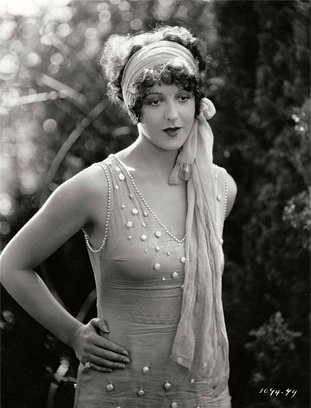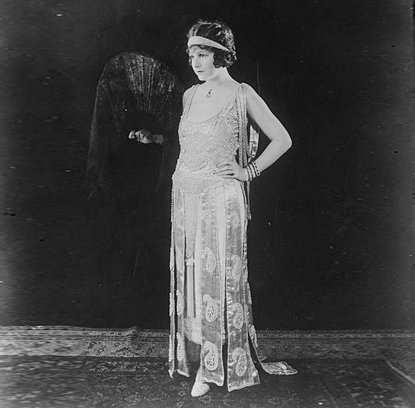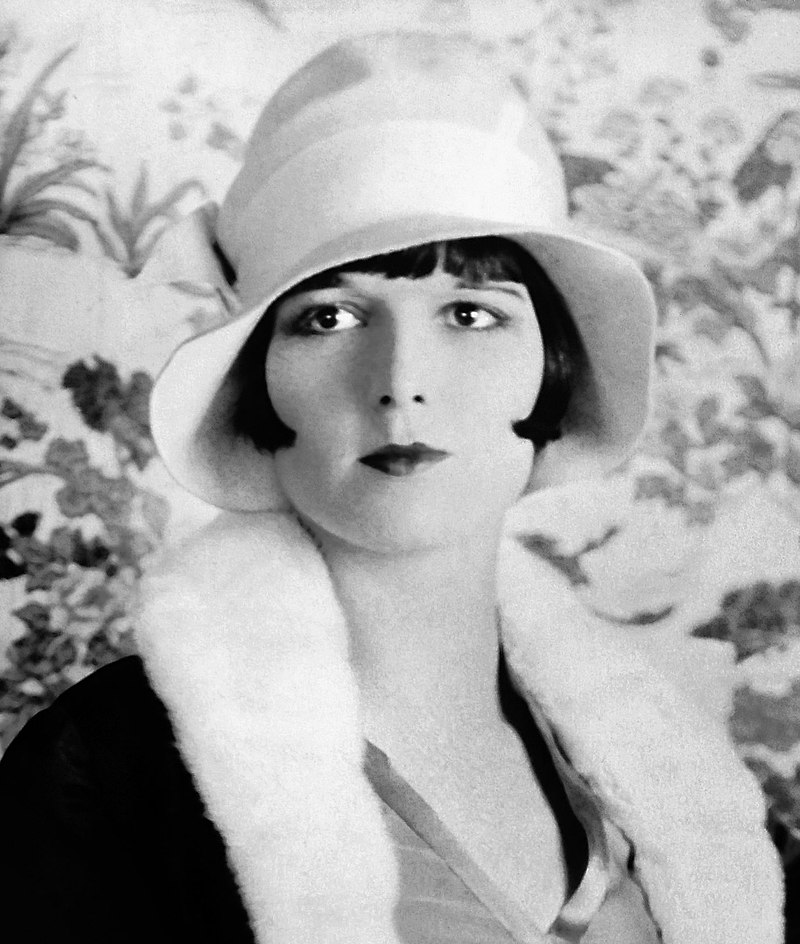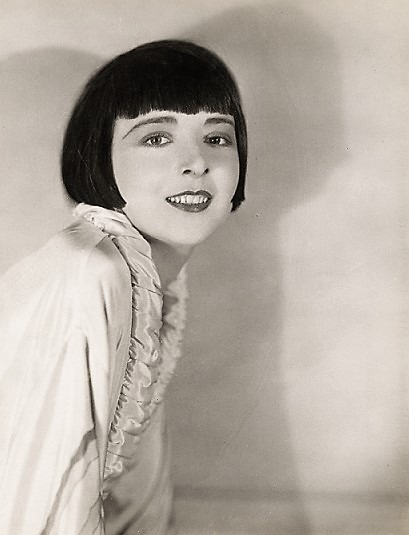The Roaring 20’s, also known as the Great Gatsby or Jazz era, was the time in which America and most countries in the West experienced a boom in economic prosperity. The lifestyles of the people in this era reflected fashion in a glamorous form. The ’20s was also the decade when fashion entered the modern era when women first abandoned the restrictive fashions of the past and began to wore more comfortable clothes and even athletic clothing.
After World War I, many new ideas emerged in society, prompting changes in the social and political aspect of society. As more Americans lived in cities than farms, the economic growth swept them away into an affluent and glamorous lifestyle. The decade was considered “roaring” because of the exuberant, carefree culture of the people, when many defied Prohibition, rejected a lot of traditional moral standards, and indulged in new styles of fashion, dance, and art.
One big step to women’s liberation was the ditching of the restrictive corset and traded it for shapeless shift dresses that allowed them to move and dance freely. The trendy women wore flappers, which characterized the 20’s fashion. They cut their hair into short, sleek bob cuts, defying the traditional long hair; and applied makeup. The accessibility of the fashionable dresses at the time (since the cut and choice of fabric was simpler) bridged the gap between the rich and middle-class women since middle-class women make their own clothes at home.
In the early part of the decade, change in fashion is slow and many are still reluctant to adopt the new styles, but from 1925, the public started to fully embrace the Roaring 20s fashion. These styles continue to be popular until 1932 before the Great Depression hit its lowest point.
Let’s take a look at the glitz and glamour of the Great Gatsby fashion era:
Flapper look and the influence of jazz
The 20’s ushered a whole new trend in women’s fashion and one of the biggest ones is the iconic flapper look. This fashion trend was actually affected by music, as jazz became widely popular at the time. Jazz, with its melodic and soulful rhythm, allured the youthful society. Jazz music and dance are responsible are responsible for inventing the term flapper, which originally refers to the generation of young women who do not conform to socially acceptable norms. They danced to jazz music, smoked cigarettes, wore makeup, spoke their own language, driving automobiles, treated sex casually, and lived for the moment. Flapper fashion followed this lifestyle.
Dances like the Charleston and the Black Bottom created a need for more comfortable evening wear to allow the body to move freely in sync with the dynamic and lively manner of these dances. Because of that, flapper dresses had shorter skirt hems and decorative elements like fringe threads and glossy fabrics. The flapper dress was made of soft, feminine fabrics like silk, chiffon, velvet, and taffeta. It was functional, and it flattened the bust rather than accentuate it.
The first appearance of flapper style in America was from the 1920 film The Flapper, starring Olive Thomas. Other actresses that time such as Clara Bow, Colleen Moore, Joan Crawford, and Louise Brooks also built their acting careers as flapper girls dressed to look ready to break into a Charleston at any moment.
Chemise dress
By 1920, the chemise or shift dress became a common dress for day and evening wear. It’s a type of straight dress (or slightly triangular silhouette) hanging from the shoulder to below the knee, with the waist dropping to the hips. The word“chemise” was originally used to describe a female undergarment, but in the 1910s it became a straight, unbelted dress. During the 1930s, the dresses returned to a more fitted silhouette but the chemise dress reappeared in the 40s and was meant to be worn with a belt at the waist.
Chanel’s little black dress
The little black dress that is popularly worn by most women and a must-have for every glamorous girl’s wardrobe was born during the 1920s. In 1926, American Vogue published Coco Chanel’s creation that was dubbed as the “Ford dress,” suggesting that it can be as popular as the Ford car. The black dress was of calf-length, straight and simple, but has the ability to flatter any shape of a woman. This brought about a new Parisian ‘economy style,’ which was an expensive interpretation of a simple design made of simple and cheaper materials. Before that, black dresses were only worn by widows and mourning women. Chanel brought the little black dress from being a mourning uniform to a chic dressing option for the high-class and wealthy.
There wasn’t too much buzz about Chanel’s little black dress though – it was just a little article with a basic sketch by Chanel herself – but she followed it with numerous black evening dress styles. Her designs fastened the idea of having a “little black shift dress” as a must-have item for every woman’s closet.
In her iconic 1927 silent movie It, Clara Bow wore a pleated frock at her workplace. That same frock transformed into a sleeveless little black dress and earned huge a “wow” moment from its movie watchers. This moment boosted the popularity of the little black dress (or the LBD as we know it) and started a fashion craze that lasted until today.
Robe de style
If a woman in the 1920s doesn’t want the boxy chemise silhouette of a flapper dress, the robe de style is a pretty alternative. It’s a softer, more classic look characterized by full skirts and nipped waists. Sometimes, the billowing skirts were supported with hoops, petticoats, and panniers. The robe de style was a signature style of couturier Jeanne Lanvin.
The robe de style was an option for younger ladies who were too young for the flapper craze and for those who are not afraid to veer away from the popular trends. Robe de style evening gowns are often sleeveless, and some glamorous styles feature a one-shoulder strap or a plunging backward bodice.
Bias cut and tabard style
Another popular dress style for evening wear during the 1920s was the bias cut, where a woven fabric was cut in a manner that allows the fabric to drape and hang over the contours of a woman’s body. French fashion designer Madeleine Vionnet popularized this style as a form of rebellion to the rigid corsets of the time.
During the 1920s, the popularity of the bias cut rose along with Art Deco. But even though Art Deco wasn’t trendy anymore, the bias cut is still desirable as a day or evening wear after more than 90 years later. It’s a simple, elegant classic that can easily be associated with film noir, as it was worn on glamorous red carpet events by Hollywood stars like Joan Crawford, Lana Turner, Marlene Dietrich, and Bette Davies, among so many others.
Besides the bias cut, the tabard style was also popular for evening dresses. It featured side inserts with low-cut backs and thin shoulder straps and then accessorized with a glamorous fringed shawl draping over the shoulders.
Drop waist style
The two-piece ensemble of loose cardigans and pleated skirts worn with loosely belted jumpers became the fashionable day look for women in the early 1920s. This look was known as the drop waist look, with waist seeming to be dropped by using loosely fitted belts. By 1923, this style was widely embraced. When wearing skirts, this look can be achieved by wearing low-hanging belts, and in frocks, a faux drop waist is often sewn in.
By 1926, most spring and summer dresses were often sleeveless or have a cap-sleeved scoop-neck lightweight design with dropped waist or no waistline at all. Eventually, day wear evolved into simple pleated skirts, jersey blouses or layered suit-styled cardigans or jackets.
Not only did the waist drop, but hemlines also rose significantly. Suddenly, legs are exposed so women can now try to show off some fun style through hosiery, making stocking sales rise up during the 20s. Back then, silk was the most common fabric material, and the colors gray, beige and white were more sought-after.
Androgynous look
One of the coolest trend for women that time was to adopt fashion pieces that were traditionally designed for men. Women wanted to be men’s equals and they wanted to be treated like men. This is why the flapper lifestyle and the androgynous looks were born. Women started to wear tuxedos, suits, trousers and cut their hair short to adopt a more “manly” hairstyle.
The radical shift in ideals and the rise of feminism is caused largely by the aftermath of World War I. The war, which ended in 1918, and the Spanish flu epidemic that struck the same year killed millions of people, instilling the idea that life is short and inspiring young people to spend their youth enjoying their life. Because a lot of young men died in the war, young women decided to free themselves from the social norms of staying at home and waiting for a man to pursue them and decided to be independent. In 1920, women finally had the right to vote in the United States, giving them a sense of freedom.
When the women were liberated from corsets, undergarments transformed. Breasts and hips were flattened with the help of a simple chemise or thin camisole undergarment.
One major proponent of the androgynous look was Jeanne Lanvin, as she epitomized the simple chemise dress as a dominant fashion from 1923 to 1928. Coco Chanel also led the trend for a flatter, streamlined silhouette and the trousers for women
Flapper headbands, headdresses and cloche hat
Accessories have played an important part in the fashion history of the Gatsby glamour. The Roaring Twenties is the decade that loved sparkles and bling in headdresses. The flapper outfit is not complete without the any of the following: glamorous rhinestone beaded headbands, brain binder headbands in thick bandeau wraps, fitted skull cap with tassels and/or beads, evening bandeau with gems or feathers, silk headscarf, diamond tiaras, feather headbands and clips, and jeweled hair combs.
Another key head accessory of the decade was the cloche hat, which was a fitted bell-shaped hat invented by French milliner Caroline Riboux. The cloche hat became popular after the World War. As more women were forced to join the workforce and in dangerous industries like munitions factories, most of them tie up their hair or cut it altogether. Because more women adopted shorter hairstyles like the “chignon” haircut, they tend to tuck it under by covering it up with the cloche hat. Some intentionally cut their hair short because they like the new styled hats.
Bob haircut
Speaking of hairstyles, one of the key styles paired with the cloche hat is the bob hair. The simple chignon was retaliated into the bob haircut, which had a lot of versions such as the Dutch bob, The Shingle, Coconut bob, The Eton Crop, Kiss-curl, Charleston Cut, Orchid bob, Soft-wave bob, Brushed Back bob, and a lot more. Vogue gave credit to the bob hairstyle for the success of the hat business. For every new haircut developed, a new style of hats emerged. This hairstyle was embraced and popularized by Hollywood actresses Colleen Moore and Louise Brooks. Colleen Moore was one of the greatest beauty influencers that time as a lot of women around the world copied her signature style: the black block bob cut.
Jewelry
During the glamorous era of the Roaring Twenties, too many accessories were not enough. A woman can wear a headdress, a necklace, earrings, and bands of bracelets all at the same time. Diamonds, gold, pearls, silver, and gems were mixed up and no one will raise an eyebrow. But usually, the type of gem to wear depends on the color of the dress.
Necklaces were often one of these two choices: a long beaded one (usually made of pearls), and a choker made of beads or ribbon. Earrings were either of long drops shaped like a chandelier, or of studs made of gems or pearls. Bracelets were abundant, thick and are usually made of gold or beaded materials.




